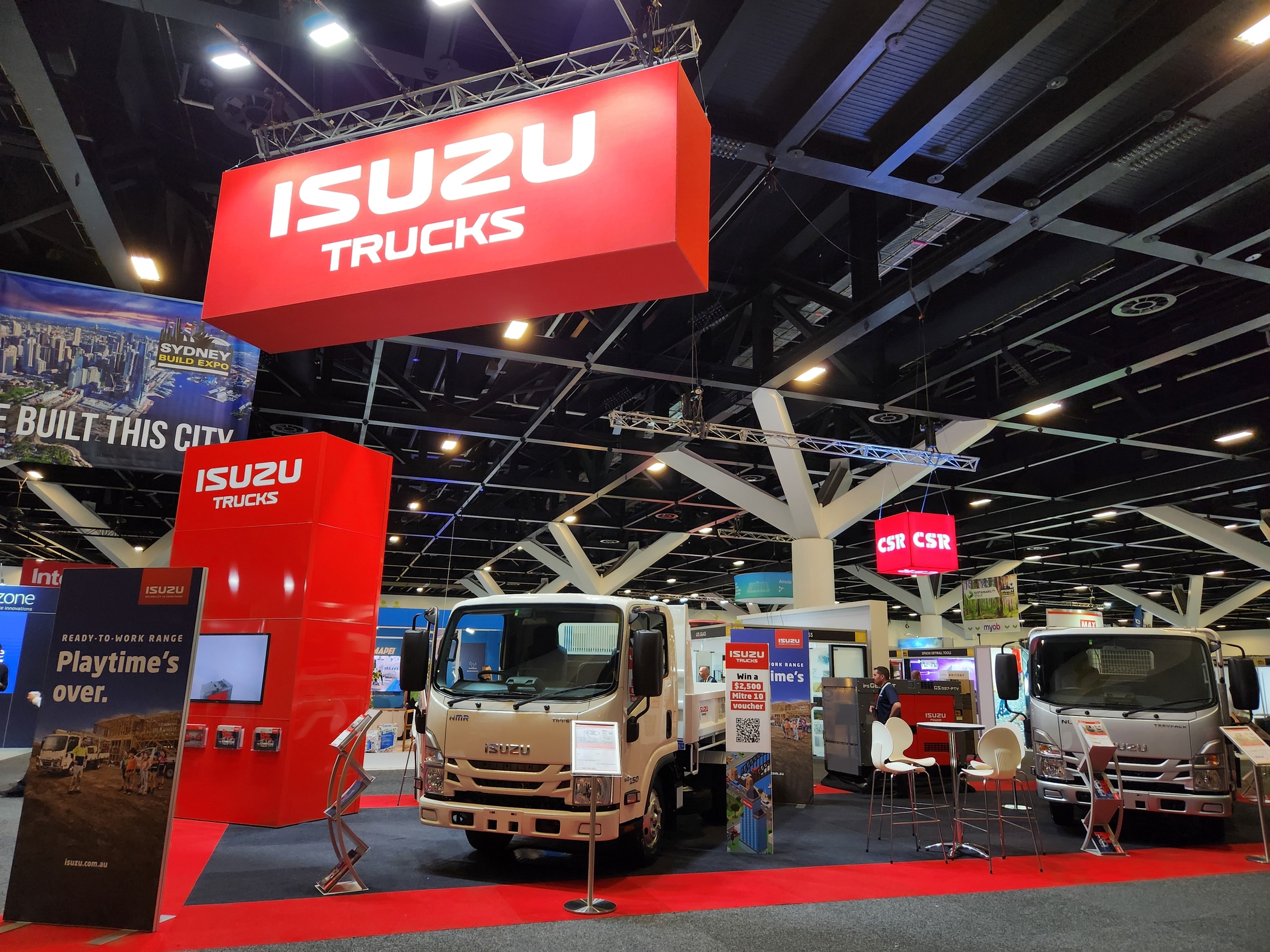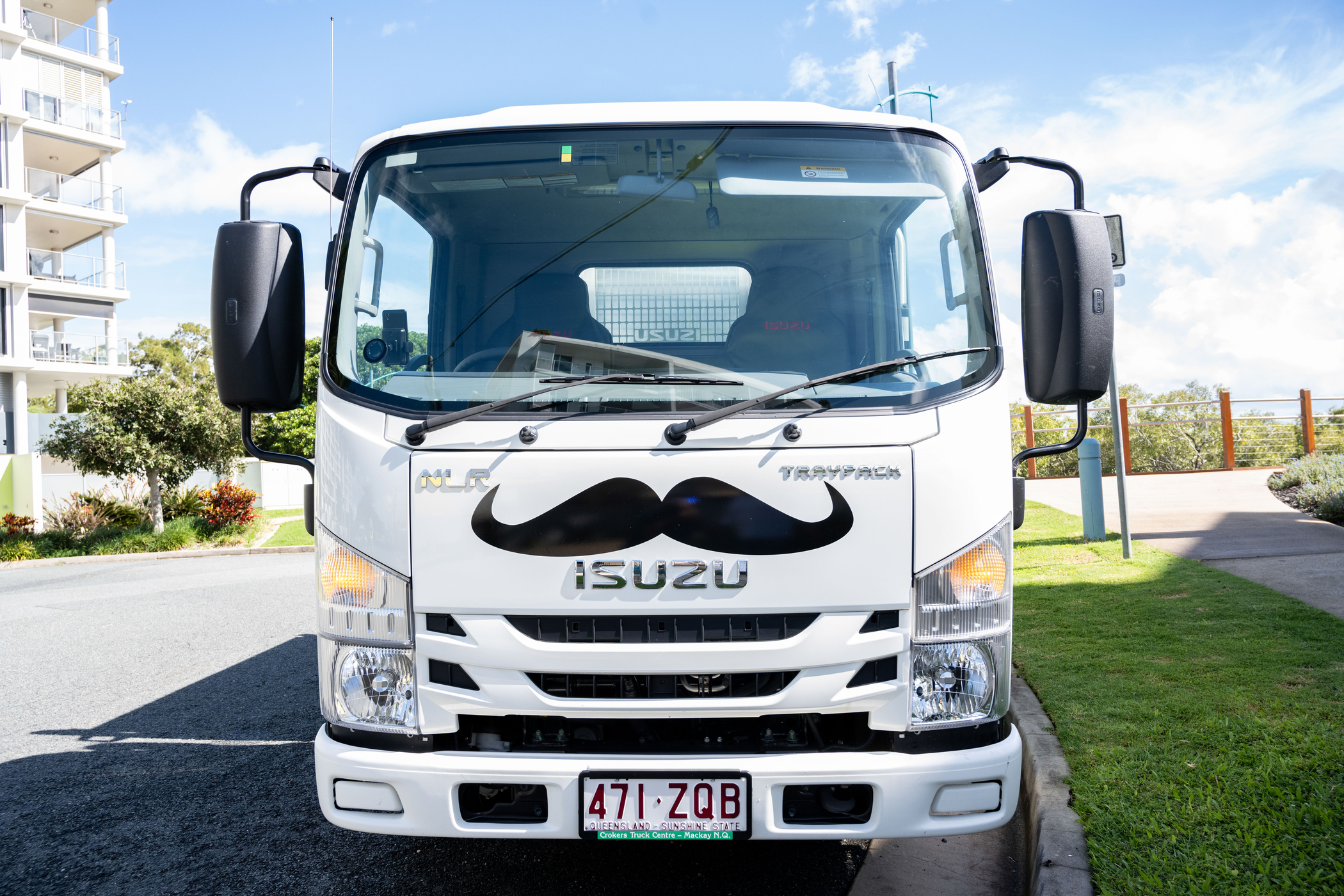THE UBERFICATION OF TRANSPORT & LOGISTICS

 If there’s one questionable contribution the 21st century has made to language, it’s injecting buzzwords into everyday speech.
Adding ‘ification’ to the end of any word now seems an acceptable form of communication. Gamification, Contentification, Trumpification, the options are endless and, often, meaningless.
Uberfication however, may be the exception to the rule. Popular ride-sharing company Uber’s game-changing tactics have had a profound effect on the transport industry, especially in the logistics sector.
This blog will take you through what’s already happened and outline the risks and benefits of what could happen next.
You might call it the blogification of uberfication… but you probably shouldn’t.
If there’s one questionable contribution the 21st century has made to language, it’s injecting buzzwords into everyday speech.
Adding ‘ification’ to the end of any word now seems an acceptable form of communication. Gamification, Contentification, Trumpification, the options are endless and, often, meaningless.
Uberfication however, may be the exception to the rule. Popular ride-sharing company Uber’s game-changing tactics have had a profound effect on the transport industry, especially in the logistics sector.
This blog will take you through what’s already happened and outline the risks and benefits of what could happen next.
You might call it the blogification of uberfication… but you probably shouldn’t.
Passengers to packages
Uber revolutionised personal transportation by implementing ride-sharing, allowing private citizens to use their own car to pick up passengers via a phone app. The platform’s success meant extending the idea to other forms of transport was a natural progression. Thus, Uber Rush. Uber’s new delivery service allows businesses to sign up and deliver parcels to customers through an Uber driver. It boasts 24-hour availability, real-time tracking and no empty round-trips for deliverers. The catch? It’s not available in Australia. Uber’s hesitancy to expand Down Under has opened the door for other companies. Tech giants Amazon and Google also offer their own respective services in the U.S, with all the big players seeking their piece of Australia’s $201 billion dollar logistics pie. It’s not just about connecting businesses to customers either. Business to business shipping is another avenue for app innovators. Self-styled ‘Uber for truckers’ start-up Cargomatic has received $10 million worth of investments to create an app that allows shipping companies to connect directly with individual truck drivers.The good
By streamlining logistics and improving efficiency, Uber Rush claims businesses that sign up will benefit from zero overheads (a dubious claim at best), low delivery costs and the expansion of their delivery zone. This is in addition to the competitive edge gained by offering on-demand delivery. Both sender and receiver can potentially reap the rewards of a modernised, app-based transportation industry. Cheaper, faster distribution could increase demand, boost employment and improve productivity. Companies like Cargomatic will claim that the freedom their business model gives drivers would improve the conditions and retention of truckers. Unlike Uber's ‘anyone can drive a taxi’ policy, serious start-ups like Cargomatic dispel the idea that the industry’s moving away from truck drivers. Instead, it’s aiming to give them more independence. That’s not the only supposed benefit – cargo-sharing also offers environmental advantages. Like Uber cabs, vehicles would rarely travel empty due to the immediacy of location-based orders, resulting in fewer kilometres travelled and lower emissions. This enables the potential for greater load-consolidation. One vehicle can make several pick-ups throughout a journey as new requests appear on the app.The bad
Despite all the technological bandwagon-hopping going on, there are some serious differences between transporting people and cargo, which presents unique challenges for would-be couriers. There are significant security concerns in allowing strangers to transport valuable items: while it’s fairly difficult for an Uber driver to kidnap a passenger, making off with a load of expensive cargo is a realistic possibility. There’s also uncertainty over whether businesses would be willing to ditch their trusted courier service for an unknown driver each time. Add to this, the seller would be forced to do the majority of the organisational work surrounding deliveries themselves, rather than allowing freight brokers or an expert firm to take the load. This could require more staff or a loss of productivity, making any savings on the cost of each delivery redundant.The ugly
If the benefits seem murky for businesses, give a thought to the potential drivers. Uber’s growing market-share in Australia means they’ve raised the fees they charge drivers to 25 per cent of their earnings. Due to Uber’s threat to the taxi industry, the company realises their drivers have few other options. Unsurprisingly, Cargo-sharing could affect current logistic firms in the same negative way ride-sharing has impacted the taxi industry. If uberfication’s disruption of the logistics industry mirrors its effect on taxis, it could result in job losses, high levels of debt, extensive protesting and costly government compensation schemes. To make matters worse, the Uber model may not be as good for drivers as it seems. Like all ‘casual’ workers, Uber drivers do not accrue annual or long service leave. Despite the evaluation of Uber’s worth at over $90 billion, there is no minimum wage and no maximum working hours, which as truckers know, are both pivotal factors in preserving road safety. If a cargo-sharing company begins to monopolise the logistics industry, chances are they’ll gradually increase commissions as well, which could harm the conditions of drivers and encourage dangerous driving practices.Truth is, we just don’t know
While ride-sharing can be looked at as an example, as with most technological innovation, development outpaces regulation. It’s currently unclear what a structured industry would look like in Australia. For all we know, drone delivery might fly in under the radar and make uberfication obsolete. But if uberfication is going to take off in Australia, it may have to get its act together quickly. The logistics industry is much larger and more established than the taxi industry, and has had much longer to prepare for technological changes. Australian delivery services like TNT have already implemented modern technology like real-time tracking, so significant points of difference are already drying up. Whatever happens, the possibilities for industry change are endless. Whether the future is shaped by existing companies or entirely new ones, when it comes to the transport and logistics industry only one thing’s certain: the times, they are a-changin’.

Playtime’s over, get $3,500* to spend on extras.
If you’re ready to get serious about tackling bigger jobs, grab yourself an NLR 45-150 AMT SWB Traypack from the Ready-to-Work range for $62,990 drive away*. And to prove we aren’t playing, buy any NLR Traypack before June 30 and you’ll get $3,500* to spend on genuine accessories or an Essentials service agreement.
Learn more



